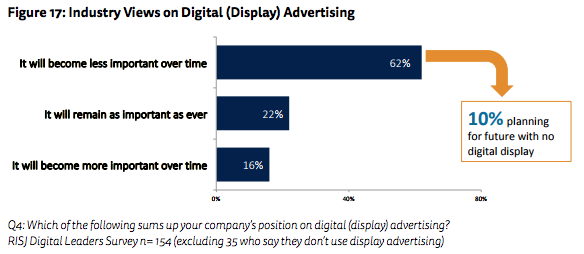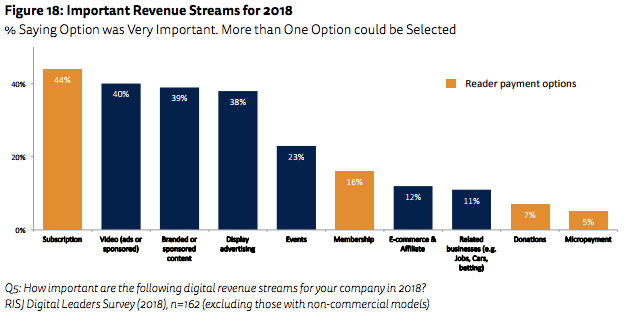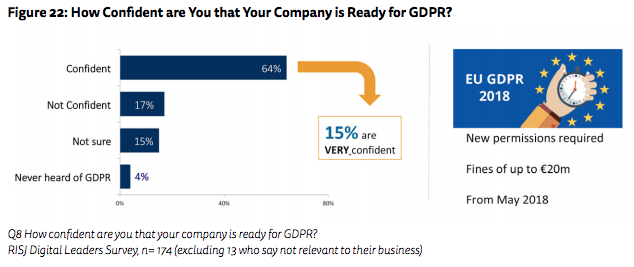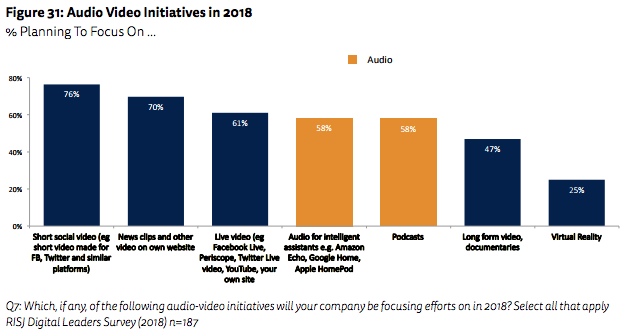In 2018, media companies will shift how they interact with consumers — creating more personal relationships in preparation for more personalized services, according to a recent study by the Reuters Institute for the Study of Journalism in collaboration with the University of Oxford. As the ability to process and effectively use data becomes more important, many platforms will strive to ensure their reputations are conveyed and interpreted accurately.
More than 190 CEOs, editors and digital leaders were surveyed for their thoughts on journalism, media and technology trends in 2018. While half (44 percent) said they are more worried about the influence of online platforms such as social media, 36 percent agreed that resistance to the power of these platforms, and other emerging media formats, is actually the biggest “barrier to success.”
In an attempt to keep up with emerging technologies and media trends, organizations are embracing them. The media format of choice: podcasts. Fifty-eight percent said they will turn their attention toward podcasts and other audio outlets.
Here are some other top takeaways from the report:
Breaking publishers’ dependence on platforms and restoring trust in the era of fake news
The continued spread of fake news in 2017 had a huge impact on the reliability of online news. Facebook and Google in particular have addressed issues with the spread of misinformation by launching fact-checkers and other initiatives. Many platforms are working on algorithms that will keep viewers on their sites for longer by ensuring their content is factual.
The fine line between controlling “fake news” and censorship will be a hot topic in 2018, as many platforms come under fire for misleading advertising and propaganda. This presents an enormous challenge for companies as they work toward removing damaging content while still allowing freedom of speech. The debate this year won’t be about what to believe, but who to believe, the report says.
Google said it will do more to surface credible content on the web, and tag their sources. Some companies are even experimenting with artificially intelligent fact-checkers like Replika. AI-driven fact-checkers can even help journalists confirm facts in real-time, possibly even during interviews. Journalists simply speak into their smartphone, and robo fact-checkers quickly gather data to verify their statements or questions.

Shifting business models: from advertising to reader payment


It’s “back to basics” for advertising trends and company revenue in 2018. Reuters’ study predicts that the shift back to subscription-driven advertising will re-emerge in full force this year. Younger generations are more inclined than their predecessors to subscribe to news outlets and streaming services. However, it is harder for poorer countries in regions like Central Europe and Latin America to keep up with the subscription trend.
Bundles are the key to this year’s marketing strategy, because they are one of the best ways to attract consumers. The New York Times recently moved from offering 10 free articles a month to five, while also offering sampling and better pricing options. Along with subscriptions, many companies are also looking to attract user registrations and improve data capacity. Almost two-thirds of publishers (62 percent) said improving data capacity was the most important initiative for 2018. Fifty-eight percent said registering users was important.

New devices and technologies
It is estimated that in five years, 55 percent of U.S. households will own a voice-enabled smart speaker like Google Home and Amazon Echo, according to Juniper Research. Such devices are changing consumer behavior, with more people engaging with media content.
In response to these trends, media companies said they will invest more this year in audio-based media, like podcasts. Many companies view the shift to audio as a more important investment than long-form video or virtual reality.

As audio-based media proliferates, journalists and media companies will be forced to become more engaging in their reporting, incorporating more live features and interactive seminars.
The smartphone’s continued rise means more and more people across the world are accessing news constantly from the comfort of their home. Consumer dependence on these devices is growing, with 46 percent of smartphone users across 36 countries accessing news from their bed. A smaller screen also means creative visuals and formatting are more important than ever.
The report concludes:
“In the years to come we’ll no longer be just asking what is true, but whether information is even being generated by a human. Bots and intelligent agents will play an increasing role in our lives. News stories will be written by machines, television schedules will be assembled and selected based on our personal tastes, cars will drive themselves. We’ll enjoy the convenience and the choice but we’ll also worry about whether we can stay in control. We’ll increasingly worry about who programs the algorithms.”
Click here to read the full report.
Main image CC-licensed by Flickr via Esther Vargas. Secondary images courtesy of the Reuters Institute for the Study of Journalism.

